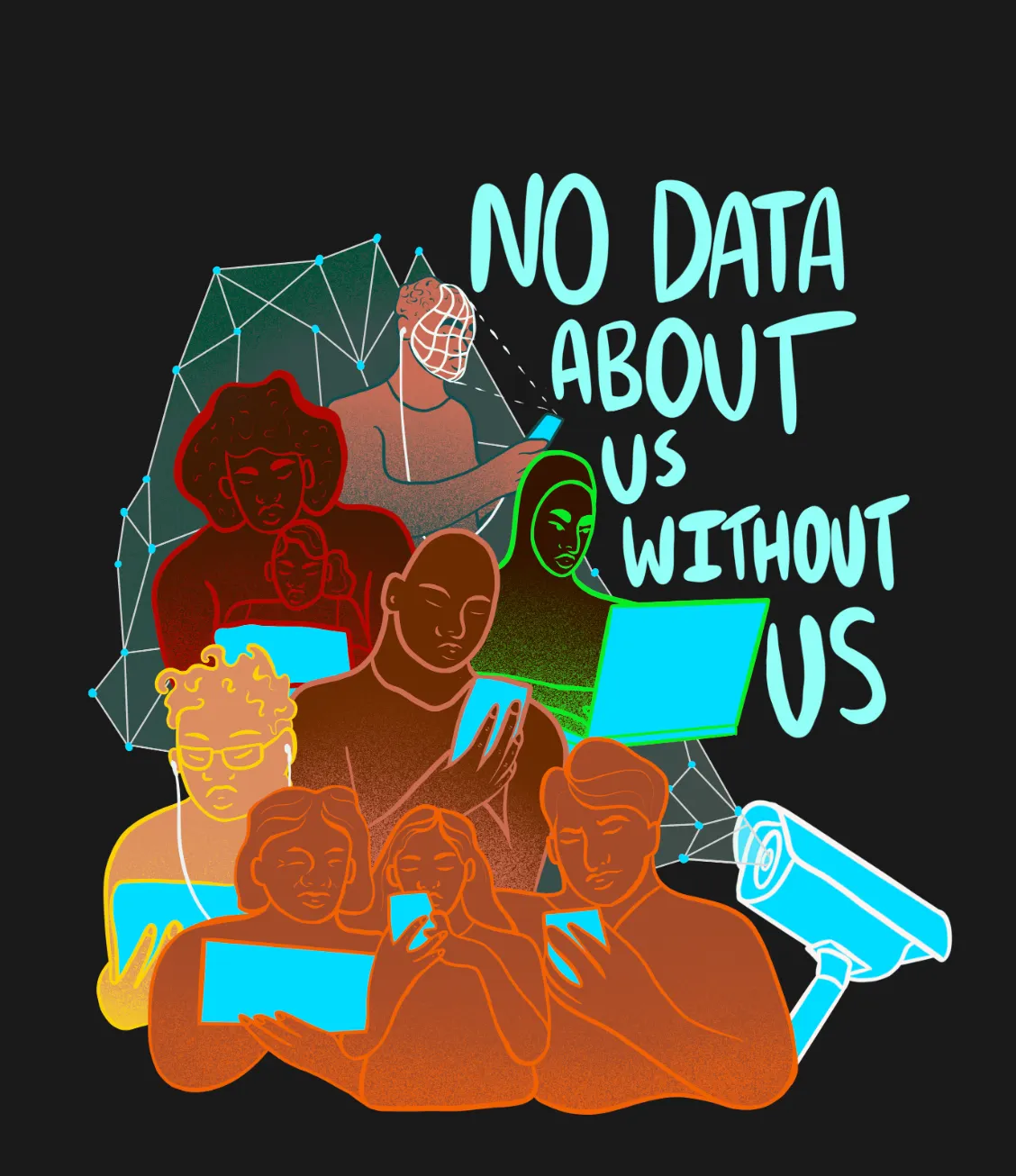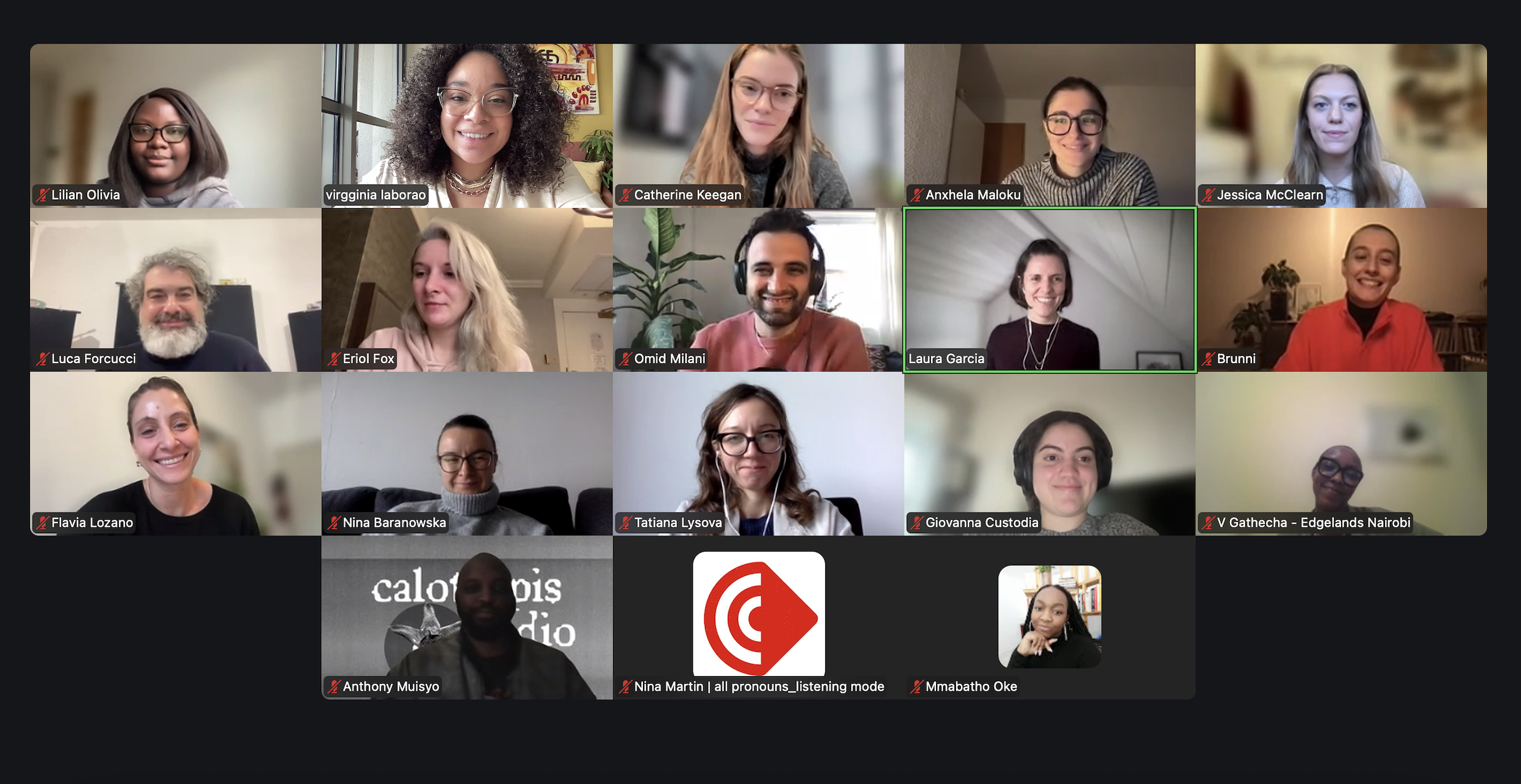Mistrust by Ethan Zuckerman: A Review
"I was personally taken with Zuckerman’s theoretical insights concerning soft power and his discussion of the failures of national institutions (...)", says Cat Keegan about Mistrust by Ethan Zuckerman.

Black Lives Matter protest in Oakland, California, in 2016. Photo by Sean Hodrick Alamy.
Mistrust is hard to put into words. It is at once an analysis of the current state of modern democracies and a theory of how we can make positive change during a time when it seems that our systems are falling apart. Accordingly, I feel that Ethan Zuckerman both diagnoses the problem(s) and prescribes ways forward. Within an overarching exploration of the failures of democratic institutions, and of the architecture of grassroots movements that have cropped up around the world in response (e.g. #MeToo and the Arab Springs), Zuckerman covers a broad range of topics from the rise of nationalism to the dominance of Big Tech. Due to its huge scope, I imagine that each reader will identify with different aspects of Mistrust. I was personally taken with Zuckerman’s theoretical insights concerning soft power and his discussion of the failures of national institutions (particularly in the British context, but also the obsoletism of the nation-state more generally).
Adapting Lessig’s “pathetic dot” theory (a socioeconomic theory of regulation), Zuckerman proposes four “levers” to conceptualize the forces at play in the relationship between institutions and citizens: law, code, markets, and norms. He applies these to various real-world examples; in the case of the gig economy, Zuckerman explains how companies such as Airbnb and Uber have up-ended institutions using a combination of technical architecture (code), concerted adjustment of consumer behaviors and perceptions (norms), and market mechanisms. He thus offers a theory of change based on alternative, bottom-up approaches, in effect mirroring arguments made by global governance scholars. In the context of encouraging state adherence to international human rights standards, it has been said that approaches which are strictly top-down, formal, and law-based are less successful than those which are citizen-led and norms-based.1 Equally, Zuckerman highlights the role of civil society and the act of “naming and shaming” institutions to hold them accountable, paralleling an emphasis on the mobilization of alternative actors and channels of influence that can also be found in global governance literature.2 Overall, the “levers” framework represents a comprehensive account of regulation and resistance in the modern age, both of which are largely exercised through means beyond physical enforcement.
As well as covering macro-level phenomena, Zuckerman addresses how we may effect change at the individual or local level. He distinguishes institutionalists from insurrectionists. The former strive to challenge and improve existing institutions, and the latter seek to disrupt and replace them with something different. While institutionalists have high internal and external efficacy – faith in both themselves and institutions -, insurrectionists demonstrate high internal and low external efficacy. The former may comprise people who are excluded from ‘formal institutions of power’ yet feel empowered to change them, such as those involved in the civil rights movement. However, Zuckerman ultimately proposes that all forms of civic participation are material. He rejects the notion of “slacktivism” and argues that “thin” participation – that which is low-demand but widespread, e.g. expressing solidarity via logos and filters on profile pictures, sharing memes, and even the act of voting - is as important as individual “Gandhi-level” (“thick”) participation. #MeToo, for example, made a huge impact by means of “thin” participation.
Zuckerman explores how traditional institutions have failed certain groups. I found his discussion of nation-states - and exit as a fundamental right and form of political expression - especially compelling. He suggests that nation-states are overwhelmingly problematic institutions due to arbitrary and unfair rules such as birth citizenship and “golden” visas (which I agree with whole-heartedly). Decentralization efforts include Bitnation, a digital nation built upon “smart contracts” between voluntary participants. An advantage of Bitnation is the provision of digital identity cards for refugees, allowing them to leverage networks of trust and re-establish identities. Zuckerman however criticizes the underlying libertarian values of a nation built on contracts (which may allow participants to eschew obligations to those that they have not interacted with). Elsewhere in his book, he argues that each disruptive movement will likely miss some aspect of the social context within which institutions are embedded, bearing unintended consequences for certain populations. He thus predicts a cycle in which successful disruptive institutions are then targeted by new counter-movements (for example, Sherpa-Share is an app which gives some power back to disenfranchised Uber drivers). To me, multidisciplinary approaches are imperative; lawyers and scientists with an understanding of the social implications of technology could work with technical experts to arrive at solutions which consider the interests of all groups.
In his account of the origins, and manifestations of, mistrust, Zuckerman focuses primarily on the US, suggesting that social and economic inequality - in tandem with the rise in investigative journalism and participatory media - laid the foundations for nationalism and political polarization. Though he explicitly addresses this bias, I would argue that Mistrust nonetheless assumes a familiarity with American political history that some readers (including myself) may not have. As a Brit however, Zuckerman’s supplementary exploration of mistrust in the UK inevitably struck a personal chord. He names the Thatcher administration as a key precipitator, and I have indeed observed the residue of her neoliberal policies. Towns and villages in the north of England have remained in a state of socio-economic stagnation since Margaret Thatcher squashed trade unions and closed mines. For the local populations, even temporary escape from a dearth of opportunity is difficult (a private national rail company means that a train to London from my parents’ village in Nottinghamshire, for example, can easily cost over $1003 – a price that most cannot afford). According to the national census, in 2011 only 15% of the population of this village had received higher education and 28% had no qualifications whatsoever. It is communities like these that, ironically, voted most overwhelmingly for Brexit, despite community projects often being funded by the EU. In my opinion, these votes reflect a misdirection of their mistrust and frustration.
Several points raised in Mistrust brought the Edgelands Institute to mind. Zuckerman mentions “sousveillance” – a term first coined by Steve Mann – whereby citizens use technologies like smartphones or body cameras to expose institutional injustice. Moreover, pop-up initiatives may be an example of the innovative social movements that Zuckerman believes offer avenues to meaningful change. In particular, he asserts that there is hope in local institutions and movements, including promising efforts within cities to build collaborations between actors from academia, civil society, and governments. Sound familiar?
REFERENCES
1. Goodman, R., and Pegram, T. (eds.) (2012). National Human Rights Institutions, State Conformity, and Social Change: Assessing National Human Rights Institutions. Cambridge University Press, pp. 11-71.
2. Pegram, T. (2017). 'Human Rights: Leveraging Compliance’, in Hale, T. and Held, D. (eds.). Beyond Gridlock. Polity Press, pp. 142-161.
3. Based on prices listed by the National Rail official website (https://www.nationalrail.co.uk/)



